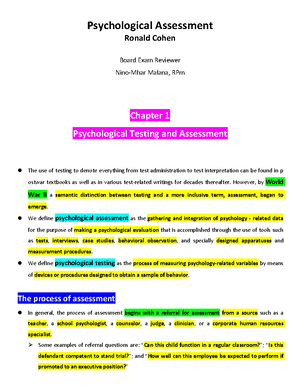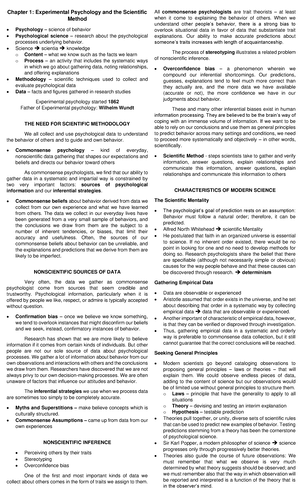- Information
- AI Chat
This is a Premium Document. Some documents on Studocu are Premium. Upgrade to Premium to unlock it.
Was this document helpful?
This is a Premium Document. Some documents on Studocu are Premium. Upgrade to Premium to unlock it.
Rizal Did Not Retract - sharing
Course: BS Psychology
999+ Documents
Students shared 2875 documents in this course
University: Polytechnic University of the Philippines
Was this document helpful?
This is a preview
Do you want full access? Go Premium and unlock all 5 pages
Access to all documents
Get Unlimited Downloads
Improve your grades
Already Premium?

Rizal Did Not Retract
Retraction means the withdrawal of a promise, statement, or opinion. The focus of the retractionis José
Protasio Rizal Mercado y Alonso Realonda, known as José Rizal. He was aFilipinonationalist. He became a
writer and a member of the FilipinoPropaganda Movement whichadvocated political reforms for the
colony underSpain. He was executed by the Spanish colonialgovernment for the crime ofrebellion after
thePhilippine Revolution, when his writings, brokeout. Many debates have been circulation around
according to the retraction of Rizal. Theresearchers believe that Rizal did not retract mainly because of
the evidences that have beengathered. No original document was also found up to this date. Several
historians report thatRizal retracted his anti-Catholic ideas through a document which stated: "I retract
with all myheart whatever in my words, writings, publications and conduct have been contrary to
mycharacter as a son of the Catholic Church.The document of the said retraction was given a
publicviewing on May 13, 1935. It was found by Fr. Manuel A. Gracia at the Catholic hierarchy’sarchive in
Manila. Contrary the original document was never shown to the public, onlyreproductions or imitations
which make it an unofficial and not credible evidence of Rizal’sretraction. It was merely a replica of
it.There are doubts of its authenticity given that there is nocertificate of Rizal's Catholic marriage to
Josephine Bracken. Ricardo Pascual concluded that theretraction document that was discovered in 1935
was not in Rizal’s handwriting. Forgery of thedocument was alleged. A former President of the University
of the Philippines and a prominentMason, Senator Rafael Palma, argued that a retraction is not in
keeping with Rizal's characterand mature beliefs.
No masses were said for his soul or funeral that was held for Catholics
Rizal did not retract because he was not buried in a catholic cemetery in Paco but in the ground.A
tradition of the Catholics prior to burials would have the masses for the dead, and a proper burial but
onDecember 30, 1896 after the execution, Rizal’s body was brought to San Juan deDios Hospital and on
the same day Rizal’s remains were buried in the Paco Cemetery in anunmarked grave. Given the idea of
how Catholics are strict with their beliefs, Rizal should havehad a proper burial. On August 17, 1898, they
dug up the remains of Rizal. It were kept in theRizal family house in Binondo until it was brought to the
final resting place in Luneta. OnDecember 30, 1912, this was the time that a solemn ceremony was held
to finally bury theremains at the monument in Luneta dedicated in memory of Rizal.
No original copy
The copy of the retraction paper that was allegedly signed by Rizal that was even kept secret andwas
only published in newspapers. When Rizal’s family requested for the original copy, it wassaid that it was
lost. The Rizal family was informed by the church that approximately nine toeleven days after the
execution, a mass for the deceased would be given, and then the letter ofretraction would be shown to
the Nevertheless, the mass was never celebrated and no letter ofretraction was shown. It had been sent
to the Archbishop’s palace. This mere act proves the
Why is this page out of focus?
This is a Premium document. Become Premium to read the whole document.




